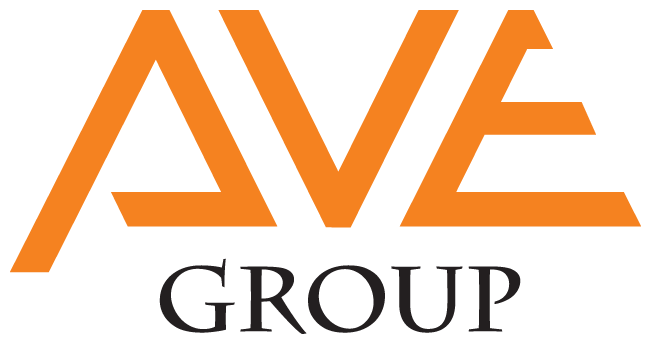From a small shop to technology leader
A hundred years ago, Kuusakoski’s founder, Donuard Kuschakoff, collected metal, iron, and waste fabrics in Viipuri with the purpose of sorting and refining them for industrial use. Before the war, Karelia’s Rags and Junk changed its name to Kuusakoski and moved headquarters to Helsinki. Kuusakoski got a deal to scrap a number of Finland’s warplanes after the war and it became necessary for the company to develop and found its first aluminum smelting plant.
Development has been a core part of operations throughout the company’s history. A unique research and development center, located in Lahti, develops new recycling and material processing solutions. Kuusakoski has also developed recycling equipment with its affiliate, RecTec Engineering. The company also collaborates with universities, research institutes and companies in various research and development projects. The 2010s have seen considerable activity especially in the fields of research and high technology.
Occasionally a person in the spotlight
The company also invests in developing its operations and employees. The family-owned business had long been managed by a CEO and as it grew into an international corporation came time to consider new solutions and modify the management model. The company’s current CEO, Mikko Kuusilehto, moved across the road from Peikko Group to Kuusakoski in 2016 and initially served as COO responsible for operations in Finland and Sweden. In January 2018, he was asked to become CEO and began two major projects that have allowed them to transform operations as well as leadership to “hi-tech”- level.

”Mikko had a clear vision of what he wanted to change but was undecided about how to make it happen.”
Mikko had a clear vision of what he wanted to change but was undecided about how to make it happen. He wanted to participate in discussions and needed a trusted person to facilitate conversation. Mikko had previously worked with Pekko Nieminen. A strong trust had already been formed and Mikko knew that Pekko wouldn’t let anyone off the hook, including himself.
Mikko and Pekko met for several hours to discuss how to best implement Mikko’s vision. They had gone through what kind of consultation and facilitation would be necessary. It would include not only Finland’s management team’s operations and leadership but the entire corporation’s executive team when it would begin to seek new strategic approaches and alignments.
Trust’s chemical composition
HR Manager Nina Perttula, who took part in the Finnish management team coaching described the situation, Pekko was not only Mikko’s familiar consultant but very quickly became the sparring partner for the entire group, also on the individual level. He met each participant in a way that suited them. Pekko was able to build trust not only in himself but also within the team. This required openness by everyone, exposing their own vulnerability, thus enabling discussion of even the most sensitive matters. This builds real trust between people. In addition, the team was welded together by learning more about each other’s natural behavioral and leadership styles using EverythingDiSC®- profiles.

Pekko was not only Mikko’s familiar consultant but very quickly became the sparring partner for the entire group, also on the individual level.
Towards the future and a changing operating environment
In February 2019, the new Kuusakoski Corporation Management Team met to define responsibilities and determine business areas, plan a five-year strategy, and prioritize near future development areas.
It is often unclear how an outsider can contribute to the strategy process in limited and specialized fields and so it was also in this case. At the first meeting was discussed what they wanted to accomplish and why Pekko was involved.
When roles were clear, Pekko facilitated discussion and guided the process, while management team members contributed by drawing on their own experience and expertise. Working this way usually requires a little practice.
Pekko was demanding of himself and others. He didn’t try to please anyone, staying focused on the desired result, yet was supportive and there for everyone. Most importantly, Mikko knew and trusted that Pekko understood the desired result and could deftly identify the steps needed to reach it.
At the next meeting, the discussion quickly moved on. Through trust, discussions reached a deeper level. Mikko told that thoughts had been thrown around for years. No one actually heard anything new in the discussions, but essentially, the ideas were collected, structured, analyzed and prioritized.
Looking back- what was accomplished?
This systematic work continued through four joint meetings, and between meetings, issues were pursued individually and mutually. The end result was a strategy for the next five years. After much contemplation, deliberation and collaboration mutual consensus and alignment was reached on the direction and necessary actions. Most importantly, each participant was committed. In addition, they had clarified their areas of responsibilities and three business areas now had responsible heads.
The management team members were pleased as they had a clear plan and roadmap as a tool to facilitate practical implementation. They had also appreciated that the CEO participated in the discussions as an equal member while creating a new way of working for the management team.
After each strategy meeting, Mikko and Pekko went through what they had accomplished as a group and planned the next meeting’s objectives. They did this also following the final meeting and Mikko concluded that with such a tight schedule they wouldn’t have reached such a high-quality outcome by themselves.




